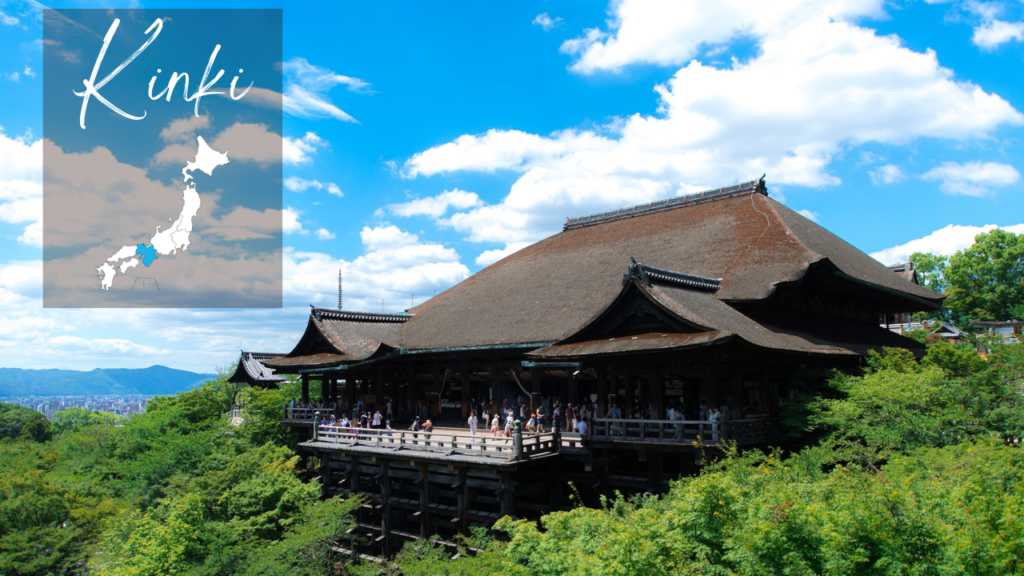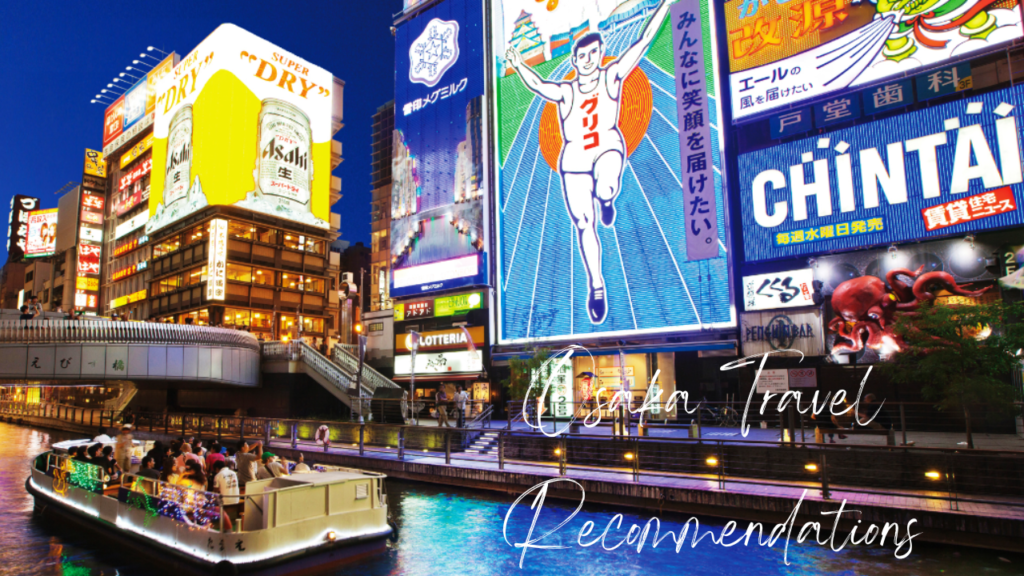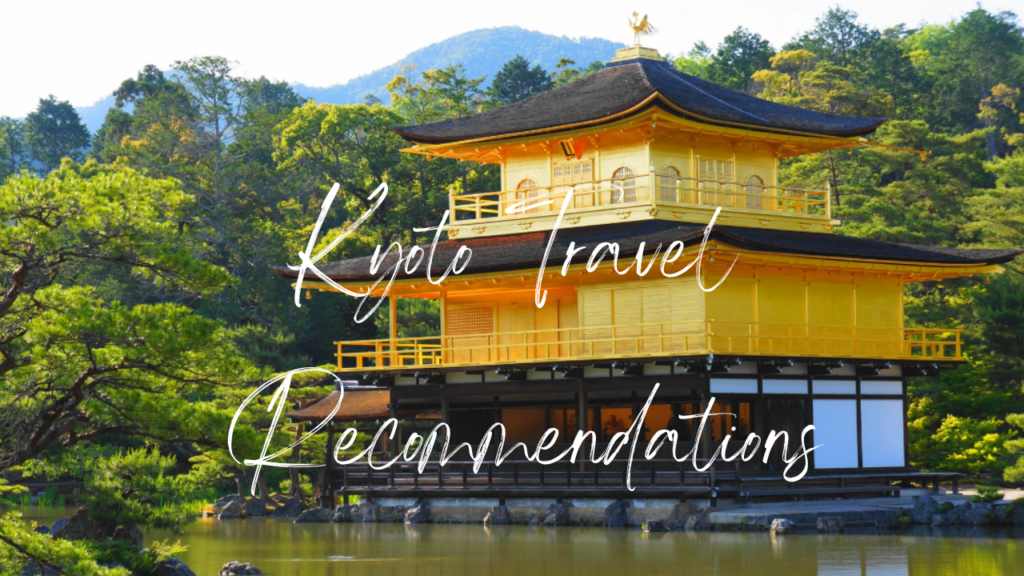Contents
- 1 Overview of Kinki region
- 2 History of Kinki region
- 3 Prefectures of Kinki region
- 4 Top 10 best things to do in Kinki region
- 4.1 Visit Kiyomizu-dera Temple
- 4.2 Experience the ‘Gion Matsuri’ Festival
- 4.3 Explore Osaka Castle
- 4.4 Walk through the Fushimi Inari-taisha Shrine
- 4.5 Take a trip to Nara
- 4.6 Experience the ‘Nishiki Market’
- 4.7 Visit Himeji Castle
- 4.8 Walk through the Kinkaku-ji Temple
- 4.9 Experience the natural beauty of Wakayama
- 4.10 Walk through the Takeda Castle Ruins
- 5 Conclusion
Overview of Kinki region
The Kinki region, also known as Kansai, is located in the central part of Japan’s main island, Honshu. It is a cultural and historical hub of Japan, with ancient architecture, temples and shrines. The Kinki region is composed of six prefectures: Osaka, Kyoto, Hyogo, Nara, Wakayama, and Shiga.
Overall, the Kinki region of Japan is a destination that offers something for everyone. It is a cultural and historical hub of Japan, with ancient temples and shrines, modern cities and beautiful natural landscapes. From the bustling streets of Osaka to the serene temples of Kyoto, there is no shortage of things to see and do in the Kinki region.
History of Kinki region
The Kinki region’s history begins with the arrival of the first emperor of Japan, Jimmu, in the region in the 7th century. He established his capital in Yamato, which is now known as Nara Prefecture. During the Nara period (710-794), the capital of Japan was located in the region, and this era is regarded as the golden age of Japanese culture and art.
During the Heian period (794-1185), the capital moved to Kyoto, which became the cultural center of Japan. The region’s economy also boomed during this time, with trade and agriculture driving growth. In particular, the cultivation of rice, tobacco, and tea became essential to the region’s economy.
During the Kamakura period (1185-1333), the powerful samurai clans emerged, and wars between them became common. The region played a significant role in these conflicts, with Takamatsu city in modern-day Kagawa serving as a base for the powerful clans.
In the late 16th century, the Kinki region became a site of intense power struggles. Toyotomi Hideyoshi, who came from humble origins, rose to power during this time and eventually became the ruler of all of Japan. Though his reign was short-lived, he made significant contributions to the region, including building Osaka Castle and Toyokuni Shrine in Kyoto.
During the Edo period (1603-1868), the Kinki region played an essential role in Japan’s isolation from the outside world. The shogunate government in Edo (modern-day Tokyo) enforced strict control over international trade, with only three ports allowed to trade with foreign countries, all located in the Kinki region. The region’s economy suffered as a result of this isolation, but its cultural heritage thrived, with traditional art forms such as kabuki and bunraku continuing to evolve.
The Meiji Restoration of 1868 marked the beginning of a new era for the Kinki region. As Japan modernized and opened up to the world, the region’s economy boomed, and new industries such as textiles and mining emerged. The region became known for its industrialization, with cities such as Osaka and Kobe becoming centers of commerce and trade.
In the 20th century, the Kinki region played a significant role in Japan’s war efforts. After the war, the region rebuilt and continued to grow economically, with the establishment of major corporations such as Panasonic and Sharp.
Today, the Kinki region remains an important center of Japanese culture, with many traditional arts and crafts still thriving. Its cities are known for their vibrant food scenes, and it remains a popular tourist destination for both domestic and international travelers.
Prefectures of Kinki region
Osaka
Osaka is the largest city in Kinki and known for its food and nightlife. It is a modern and energetic city with attractions such as Dotonbori, a street famous for its food and entertainment, and Osaka Castle, which has a rich history dating back to the 16th century. The city is also home to Universal Studios Japan where visitors can enjoy rides, shows and attractions based on popular movies.
Here are some Osaka Travel Recommendations.
Kyoto
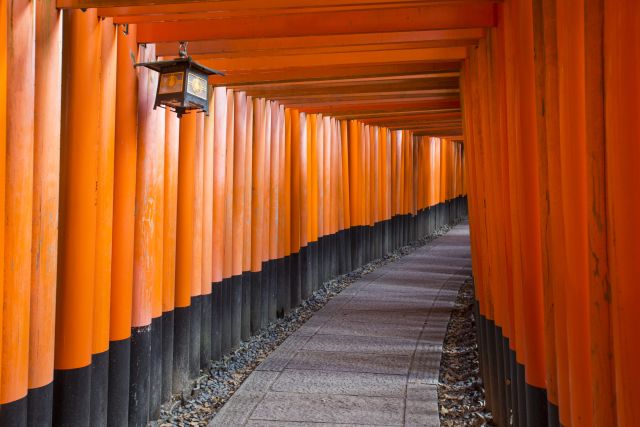
Kyoto, the cultural capital of Japan, is filled with many ancient temples, shrines and gardens. It is also famous for its traditional Japanese handicrafts such as pottery and ceramics. Kyoto is home to the Fushimi Inari Shrine which is famous for its thousands of red torii gates that line the trails up the mountain. Other popular attractions include Arashiyama Bamboo Grove, Kiyomizu-dera Temple and the Golden Pavilion.
Here are some Kyoto Travel Recommendations.
Hyogo
Hyogo is home to Kobe, a coastal city famous for its beef and sake. It is also known for the Akashi Kaikyo Bridge, which is the world’s longest suspension bridge, and Himeji Castle which is one of Japan’s most beautiful castles.
Here are some Hyogo Travel Recommendations.
Nara
Nara was Japan’s first permanent capital and is known for its many historical temples and shrines. The most famous attraction in Nara is the Todai-ji Temple, which is home to the world’s largest bronze Buddha statue.
Here are some Nara Travel Recommendations.
Wakayama
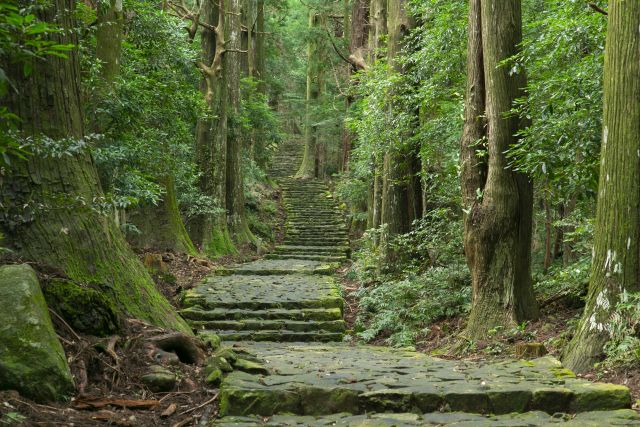
Wakayama may not be as well known as other prefectures in the Kinki region, but it is known for its natural beauty and cultural sites. The Kumano Kodo pilgrimage routes are UNESCO World Heritage Sites and offer visitors a chance to hike and explore the picturesque landscapes.
Here are some Wakayama Travel Recommendations.
Shiga
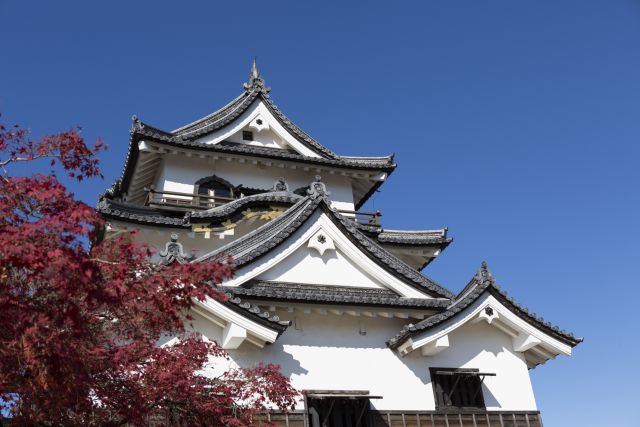
Shiga is home to Lake Biwa, the largest lake in Japan. It is a popular destination for outdoor activities such as boating and fishing. The prefecture is also famous for the Hikone Castle, which is one of only twelve original castles left in Japan.
Here are some Shiga Travel Recommendations.
Top 10 best things to do in Kinki region
Visit Kiyomizu-dera Temple
Kiyomizu-dera is one of the most famous temples in Japan and a must-see attraction for tourists visiting Kinki region. The temple is located on a hill overlooking Kyoto and offers stunning views of the city. It is also famous for its wooden stage that juts out from the main hall, which is a popular photo spot. The temple is also known for its colorful autumn leaves, which attract crowds of visitors each year.
Experience the ‘Gion Matsuri’ Festival
Gion Matsuri is one of the most famous festivals in Japan, which takes place in Kyoto every July. The festival involves a series of events and parades over a month-long period, culminating in the ‘Yamaboko Junko’ parade on July 17th. The festival is a celebration of Kyoto’s rich cultural heritage and is a must-see event for tourists visiting the city.
Explore Osaka Castle
Osaka Castle is one of the most famous landmarks in Osaka and a popular tourist attraction. The castle was originally built in the 16th century and has been destroyed and rebuilt several times over the years. Today, it is a museum dedicated to the history of the castle and the city of Osaka. Visitors can climb to the top of the castle for panoramic views of Osaka.
Walk through the Fushimi Inari-taisha Shrine
The Fushimi Inari-taisha Shrine is located in Fushimi, Kyoto, and is famous for its thousands of vermilion torii gates that lead up to the main shrine. Visitors can walk through the gates and hike up to the summit of Mount Inari for stunning views of Kyoto. The shrine is also dedicated to Inari, the god of rice and prosperity, and is a popular destination for praying for good luck and success.
Take a trip to Nara
Nara is a city near Kyoto that was once the capital of Japan. It is famous for its temples and shrines, including Todai-ji Temple, which houses the largest bronze statue of Buddha in Japan, and Kasuga-taisha Shrine, which is known for its lanterns. Visitors can also see wild deer roaming around the city, which are considered to be sacred and protected.
Experience the ‘Nishiki Market’
The Nishiki Market is a traditional food market in Kyoto that has been operating for over 400 years. Visitors can explore the narrow alleys and stalls, sampling local delicacies such as pickled vegetables, fresh seafood, and sweets. The market is a great place to experience the flavors and culture of Kyoto.
Visit Himeji Castle
Himeji Castle is a UNESCO World Heritage Site and one of the most impressive castles in Japan. The castle has a unique architecture and design that allowed it to be defended against invaders. Visitors can explore the castle’s many towers and rooms, and can learn about its history and significance.
Walk through the Kinkaku-ji Temple
Kinkaku-ji is a famous temple in Kyoto that is also known as the ‘Golden Pavilion.’ The temple is covered in gold leaf and stands in a tranquil pond, surrounded by beautiful gardens. The temple is a popular spot for photos and a must-see attraction for tourists visiting Kyoto.
Experience the natural beauty of Wakayama
Wakayama is a prefecture in the Kinki region known for its natural beauty, including mountains, beaches, and hot springs. Visitors can visit areas such as Mount Koya, a UNESCO World Heritage Site, and Nachi Falls, one of the tallest waterfalls in Japan. The prefecture is also known for its traditional food and sake.
Walk through the Takeda Castle Ruins
The Takeda Castle Ruins are located in Hyogo prefecture and are known as the ‘castle in the sky.’ The castle was built on a mountain ridge over 400 years ago and is now in ruins. Visitors can hike up to the castle and enjoy the stunning views of the surrounding mountains and the city below.
Conclusion
In conclusion, the Kinki region of Japan is a captivating destination that showcases the rich cultural heritage, historical landmarks, and natural wonders of the country. From the vibrant streets of Osaka to the serene beauty of Kyoto’s temples and gardens, the region offers a diverse range of experiences for travelers.
Exploring the Kinki region allows visitors to delve into Japan’s history, with iconic sites such as Osaka Castle, Nara’s ancient temples, and the majestic Himeji Castle. The region is also renowned for its culinary delights, including the world-famous street food in Osaka and the refined kaiseki cuisine in Kyoto.
Each season brings its own charm to the Kinki region, with cherry blossoms painting the landscapes in spring, vibrant festivals filling the streets in summer, breathtaking autumn foliage, and tranquil snowy landscapes in winter. It is a year-round destination that offers unique experiences in every season.
Transportation to the Kinki region is easily accessible through major airports and efficient train connections, making it convenient for both domestic and international travelers.
With its combination of historical significance, cultural richness, natural beauty, and culinary delights, the Kinki region is a must-visit destination in Japan. So, plan your trip, immerse yourself in the beauty of this region, and create unforgettable memories that will last a lifetime.

